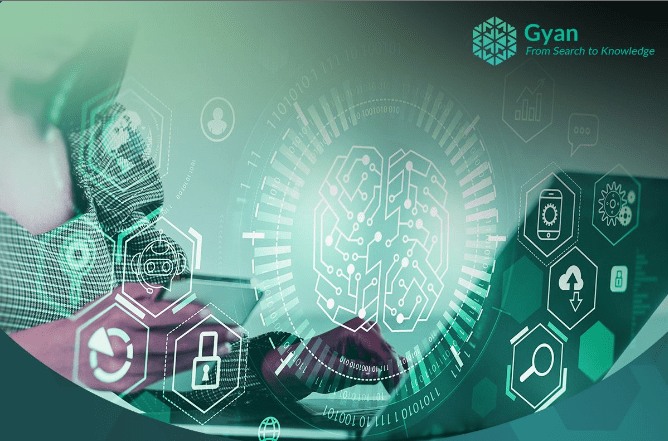- Gyan AI introduces Paramanu-Ganita, a mathematical language model with 208 million parameters.
- Despite its smaller size, it outperforms larger models like LLama and Falcon in the GSM8k benchmark.
- Developed by Gyan AI’s Mitodru Niyogi and IIT Kanpur’s Arnab Bhattacharya, the model’s success lies in its specialized training on mathematical texts.
- Paramanu-Ganita’s Auto-Regressive decoder enables it to tackle complex mathematical problems with precision.
- Rigorous evaluation confirms its efficiency in handling mathematical tasks, offering a resource-efficient alternative to larger models.
- This unveiling follows Gyan AI’s success with Paramanu, tailored language models for ten Indian languages.
Main AI News:
Models In a groundbreaking move, Gyan AI has unveiled Paramanu-Ganita, a mathematical language model boasting 208 million parameters. Despite its smaller scale, which is merely 35 times smaller than its larger counterparts, this innovation has surpassed expectations by outperforming even the most established models such as LLama and Falcon, as well as specialized models like Minerva, in the GSM8k benchmark.
Paramanu-Ganita’s success underscores the efficacy of crafting domain-specific models from the ground up rather than repurposing general LLMs for specific applications. Spearheaded by Mitodru Niyogi, the founder and CEO of Gyan AI, and Arnab Bhattacharya, a distinguished professor of computer science and engineering at IIT Kanpur and AI advisor at Gyan AI, the research team has delivered a game-changing solution poised to revolutionize mathematical modeling.
The model’s training methodology is equally remarkable. Drawing from a meticulously curated corpus of mathematical texts, including textbooks, lecture notes, and web resources, the model underwent training for a mere 146 hours on A100. Paramanu-Ganita’s exceptional performance owes much to its specialized training regimen and its focus on mathematical intricacies.
At the heart of Paramanu-Ganita lies its Auto-Regressive (AR) decoder, a cutting-edge mechanism that processes information sequentially, enabling the model to tackle intricate mathematical challenges with unparalleled precision. By immersing itself in diverse mathematical texts and source codes, the model has developed a profound understanding of mathematical logic and problem-solving strategies, culminating in its remarkable performance.
Rigorous evaluation using perplexity metrics and industry benchmarks has validated Paramanu-Ganita’s prowess, affirming its ability to handle complex mathematical problems with utmost efficiency. The implications of this breakthrough are far-reaching, offering industries and sectors reliant on mathematical computations a reliable, resource-efficient alternative to larger, more generalized language models.
Moreover, Paramanu-Ganita serves as a testament to the potential of smaller, domain-focused models to rival, and even surpass, their larger counterparts without the need for extensive computational resources or financial investment. It marks a paradigm shift in AI development, signaling a move towards leaner, more specialized models tailored to specific domains.
This unveiling follows Gyan AI’s previous successes with Paramanu, a series of language models tailored for ten Indian languages. Ranging from 13.29M to 367.5M parameters, these models were developed on a single GPU with a context size of 1024, showcasing Gyan AI’s commitment to innovation across diverse linguistic and mathematical domains.
Conclusion:
The introduction of Paramanu-Ganita signifies a significant leap in the field of mathematical language models. Its success highlights the potential for domain-specific models to outperform larger, generalized counterparts. For industries reliant on mathematical computations, Paramanu-Ganita offers a reliable and resource-efficient solution, paving the way for a new era of specialized AI models tailored to specific domains.

